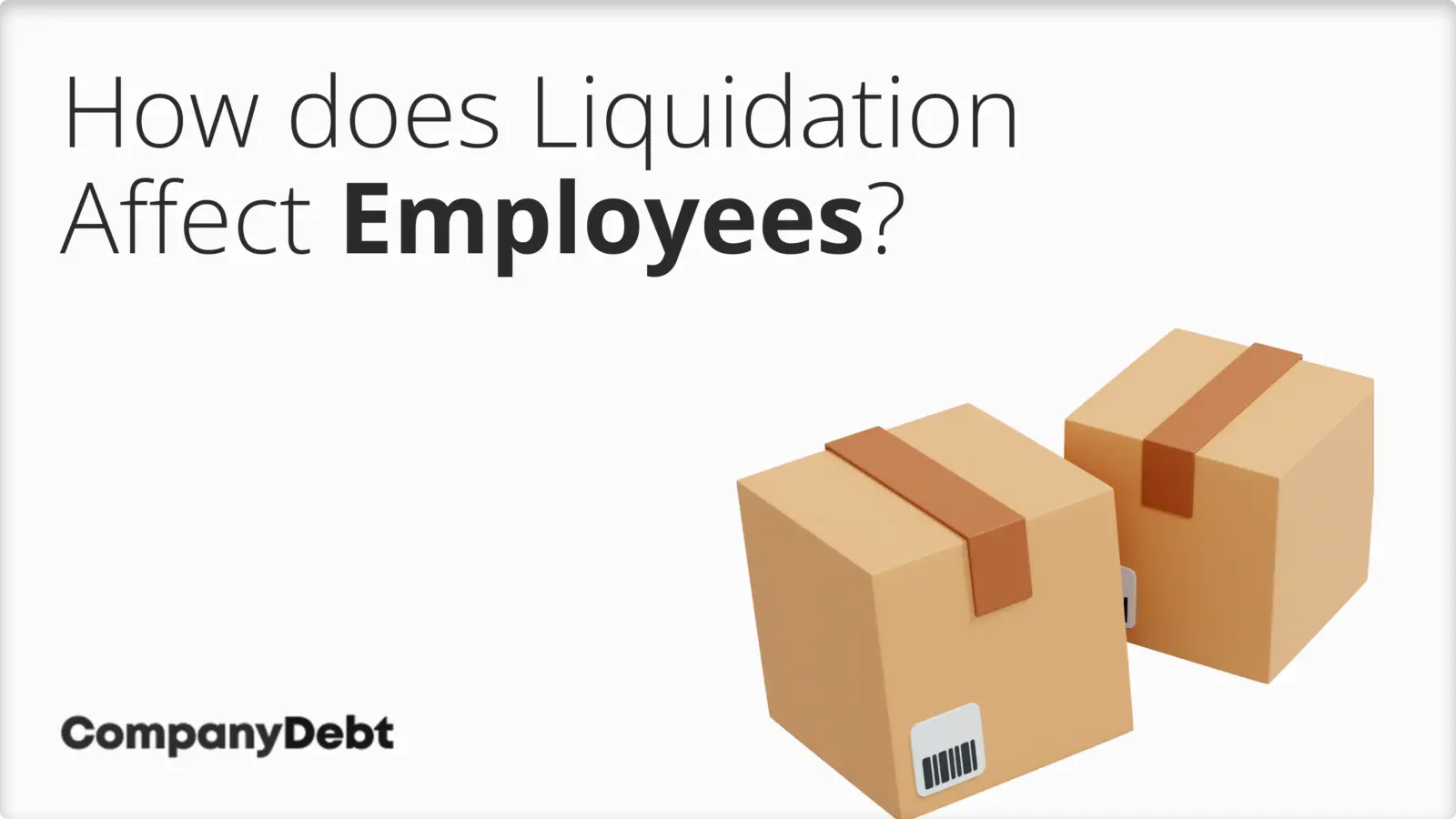What Happens to Administration Staff: Do Employees Still Obtain Paid When Company Goes Into Liquidation?
What Happens to Administration Staff: Do Employees Still Obtain Paid When Company Goes Into Liquidation?
Blog Article
Comprehending the Consequences of Company Liquidation on Staff Member Retention and Conveniences

Influence On Job Safety
In the occasion of company liquidation, the impact on task safety and security can be substantial for employees as unpredictability regarding future employment develops. When a business enters into liquidation, workers deal with the challenging possibility of possible job loss. This uncertainty can bring about increased anxiety and stress and anxiety amongst the workforce, impacting their spirits and performance.
During the liquidation process, staff members may experience a variety of emotions, including stress, worry, and anger, as they grapple with the possibility of joblessness. The lack of clearness bordering the timeline of the liquidation and the fate of their placements can develop a feeling of instability within the labor force.
Additionally, workers might also be worried about the condition of their benefits, such as healthcare coverage, retirement plans, and paid time off, throughout and after the liquidation process. The possible loss of these advantages includes one more layer of intricacy to an already difficult circumstance for staff members.
Adjustments in Staff Member Perks

One typical change is the reduction or elimination of specific benefits to reduce expenses and work out arrearages. Company contributions to retirement plans might cease, leaving workers to shoulder the complete obligation of conserving for their future. Medical care advantages may be scaled back, resulting in higher out-of-pocket expenditures for medical services.
Interaction becomes paramount during this period of shift. Companies should be clear concerning the adjustments, supplying clear descriptions and help to aid employees navigate through the adjustments. Open up discussion and support can help relieve anxiety and uncertainty amongst the labor force, cultivating a more favorable transition experience regardless of the difficult situations.
Retention Methods Post-Liquidation
Adhering to the business liquidation, carrying out reliable retention approaches is essential to securing business skill and preserving security within the labor force. In times of unpredictability, employees may feel anxious concerning their future work protection and be a lot more inclined to look for alternate job opportunity. To alleviate this threat, firms need to concentrate on open communication, supplying openness regarding the company's situation, and providing assistance to employees throughout the shift duration.
One trick retention approach post-liquidation is to focus on worker health and morale. Additionally, providing job growth possibilities and upskilling programs can enhance worker motivation and involvement during challenging times.
Additionally, establishing a clear job development path and setting reasonable goals can give employees a sense of instructions and function within the firm (do you still get redundancy if company goes into administration). By investing in staff member growth and actively entailing them in decision-making procedures, companies can raise staff member retention rates and build a resilient workforce post-liquidation
Legal Rights and Defenses
During the consequences of firm liquidation, it is important to resolve the legal civil liberties and defenses offered to staff members to make certain a reasonable and compliant process. It is crucial for workers to comprehend these civil liberties and look for lawful suggestions if needed to navigate the complexities of the liquidation procedure.
Furthermore, in instances where a business enters into liquidation, workers are frequently taken into consideration advantageous creditors, providing them greater priority in receiving exceptional repayments over other lenders. This defense aids focus on resolving staff member claims prior to various other monetary obligations are satisfied. Moreover, legal safeguards exist to avoid unfair dismissals throughout liquidation, making certain that discontinuations do you still get redundancy if company goes into administration are performed according to developed labor laws. Understanding these lawful rights and protections is basic for employees to secure their interests and seek proper recourse in the occasion of business liquidation.
Handling Financial Uncertainty
Navigating financial uncertainty can be a daunting obstacle for workers influenced by company liquidation. Throughout such times, it is critical for employees to evaluate their existing economic circumstance genuinely.
It is vital for staff members to remain educated concerning their entitlements, such as severance packages or superior repayments, to guarantee they receive what they are owed. By proactively addressing monetary challenges, employees can browse through the uncertainty caused by business liquidation with greater strength and readiness.
Verdict
In verdict, firm liquidation can have considerable implications on staff member job safety, advantages, and overall health. Recognizing lawful rights and securities can help alleviate the impact of liquidation on employees.
When a company encounters liquidation, the fate of its employees hangs in the equilibrium, elevating vital concerns regarding job safety, benefits, and long-lasting security. The influence of firm liquidation on employee retention and benefits is a diverse problem that demands a better exam to comprehend the full range of its effects.
Navigating financial unpredictability can be a daunting difficulty for staff members influenced by company liquidation. By proactively resolving financial obstacles, staff members can browse through the uncertainty triggered by business liquidation with greater resilience and preparedness.

Report this page